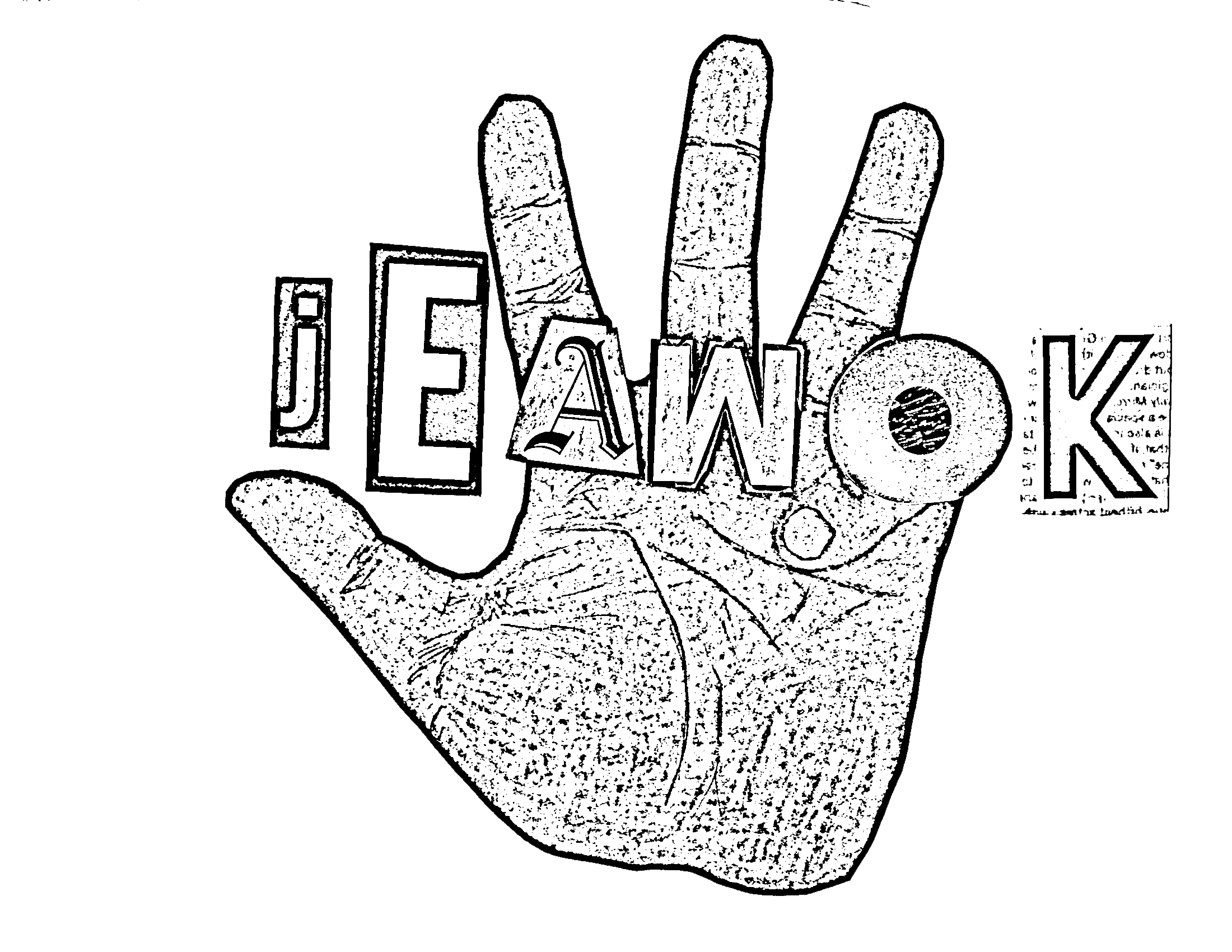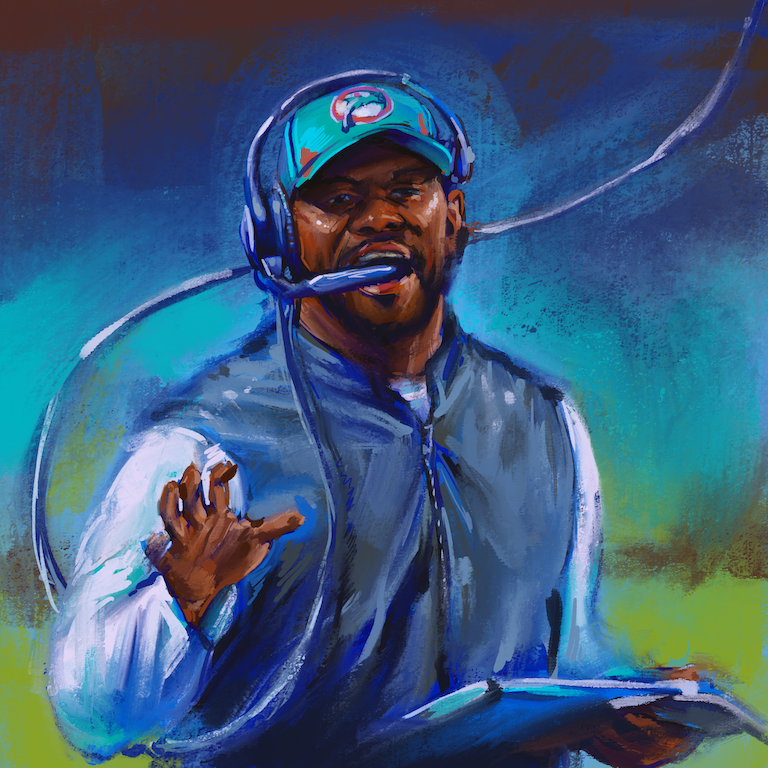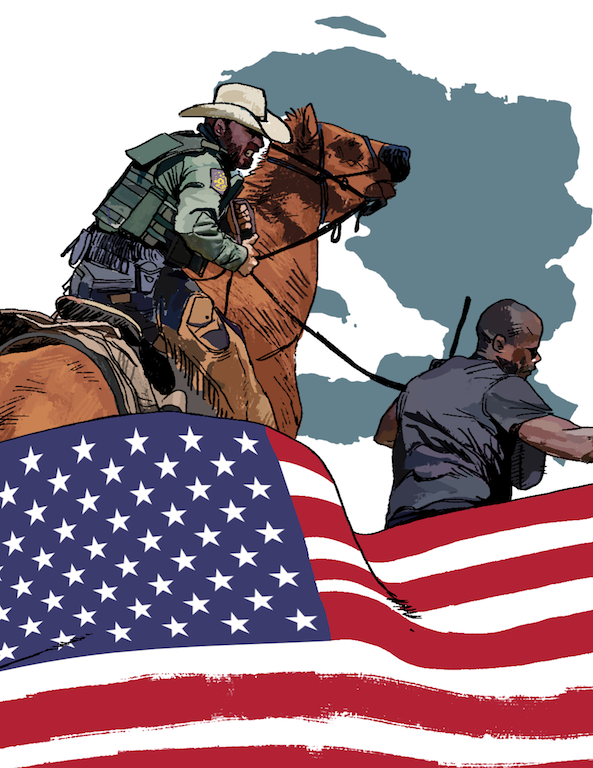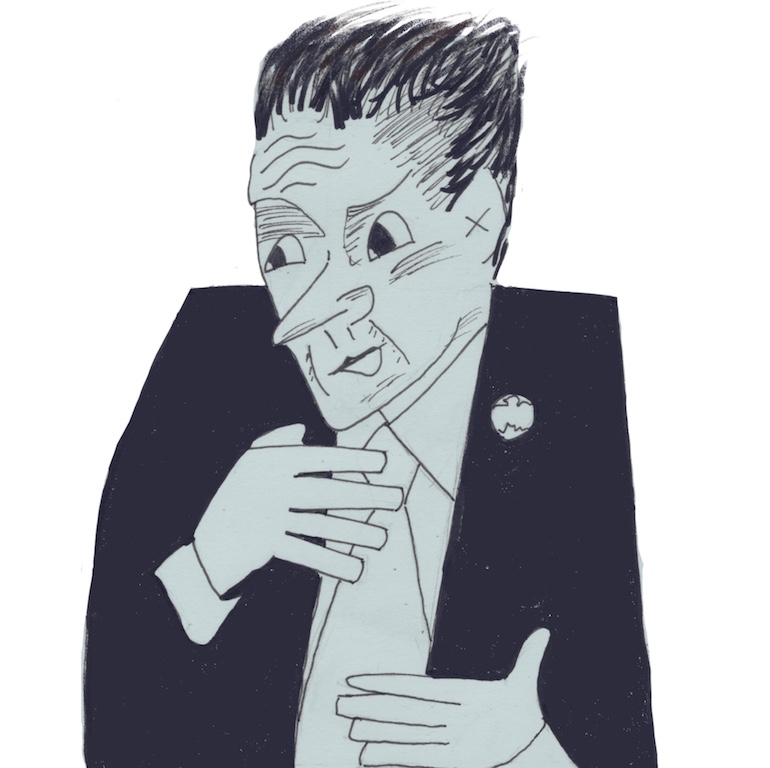The world saw a video of a man (Derek Chauvin) kneel on another man’s (George Floyd) neck for more than nine minutes, resulting in the death of the latter, and now the world is watching the trial of the former.
The televised aspect is the first thing to mention when discussing the Chauvin trial, as Minnesota trials have not been televised in the past. Led by news outlets as opposed to the prosecution or defense, a motion was passed to allow this trial to be broadcast due to the “enormous public interest” and pandemic restrictions that don’t currently allow regular press access in the courtrooms.
Somewhat surprisingly, Chauvin’s team was in favor of televising the proceedings, while the pushback came from State Attorney General Keith Ellison, whose office’s filings included a request to keep the TV coverage closed-circuit, as they believe the live coverage may intimidate witnesses and make them less likely to testify. Ultimately, the decision was made in favor of journalists’ rights to cover a trial that had to limit access due to a pandemic, pointing to the U.S. Constitution as the legislation superseding the state rules.
There are limitations on what can be broadcast, however, and testimony of the Floyd family and any juvenile witnesses has been prohibited unless consented upon. Juror’s faces are not allowed to be seen at all, and already, a sheet of glass has been removed from the courtroom after reflecting a juror’s face on camera.
Here is a look at what else has happened since the first gavel dropped:
March 29
Opening statements were given by Eric Nelson, defense lawyer, and the prosecution team. Highlights of Nelson’s opening statement included an allusion to the time that Chauvin knelt on Floyd’s neck, saying, “[the case] is clearly more than about 9 minutes and 29 seconds” showing some humanity to the jurors. He went to add the reasons for that statement, with the main talking points being: “Chauvin followed his training” and “Floyd’s death may have been drug induced.”
The prosecutors’ major message to the jurors was to “believe your eyes” referencing the video that the world has had access to for a year, and the jurors have (now) seen officially in addition to unofficial views before being selected. Attorney Jerry Blackwell of the prosecution also made it clear that Chauvin’s actions were not in keeping with the standards taught by Minneapolis Police.
The prosecution laid their case first, and much of the first day was video evidence being shared from the scene of the death. It was noted that Floyd said, “I can’t breathe” 27 times.
March 30
Note: The prosecution calls all of their witnesses first
Day 2 was full of witness testimony from individuals who were at the scene of the altercation. A group of women who were there were under 18, and many of their testimonies certainly sounded like they were coming from a place of childhood trauma, some saying they’re “haunted” and others saying they still cry every day. Defense attorneys did their best to poke holes, but whether orchestrated or genuine, all of the witness testimonies lined up.
“This was a cry for help, definitely,” one witness said.
There was an off-duty firefighter at the scene, Genevieve Hansen, who was told she was not able to provide medical aid to Floyd and said, through tears, that she was “concerned to see a handcuffed man who was not moving with officers with their whole body weight on his back” and that both she and the rest of the crowd felt “desperate” to help, but were prevented from doing so.
She was told to move away after asking if she could see if he had a pulse, and when she thought it was because she was in plain clothes, an officer told her “if you really are a Minneapolis firefighter you know better than to get involved.” Speculation alert: but to me that sounds like quite the (ironic, as Hansen is a woman) “Good Ol Boys” mentality, known in the police community as the “Blue Wall of Silence.” More on that later.
The prosecution pushed back on Hansen getting her to admit that she had not asked officers if paramedics had already been called, saying, “I don’t know if you’ve seen anyone get killed, but it’s upsetting” to the defense attorneys. She was scolded by the judge for her response.
The minor (at the time) who recorded the most widely shared video of the altercation also testified through tears, saying, “I stayed up apologizing to George Floyd for not doing more… not saving his life.”
Another witness who was a mixed martial artist explained that what he saw Chauvin perform was referred to as a “blood choke” used in fighting to cut off blood flow to the head. The defense’s cross examination aimed to discredit the witness by successfully getting him to admit he swore at police during the altercation.
March 31
The major event on March 31 was the sharing of unedited police body cam footage from the officers involved in Floyd’s arrest. The defense highlighted Chauvin’s immediate defense of his actions saying “He was a sizable guy and probably on something” in the video after being asked why he knelt on someone’s neck for more than 9 minutes while they said they couldn’t breathe.
A few other witnesses took the stand and shared similar stories to those of Hansen and others mentioned above.
April 1
There were two major witness moments on April 1. One was from Chauvin’s supervisor on the day of the arrest. He said he believed Chauvin’s actions were excessive and the restraint procedures should have ended when he had Floyd handcuffed.
The other was from Floyd’s girlfriend who testified that he was, indeed, addicted to opioids at the time of his death.
Two paramedics also testified.
April 2
The longest-serving officer in the MPD testified that Chauvin had violated policy with his extended kneeling. He acknowledged that people in cuffs can still be combative, but said that their safety is the officer’s responsibility once they have been handcuffed.
“That would be deadly force” he said bluntly of the extended kneeling, calling it “totally unnecessary.”
The defense said the officer was out of touch for being in a suit and off the streets for too long, although he was one of Chauvin’s direct superiors.
April 5
Day 6 held testimonies from the doctor who pronounced George Floyd dead, and the City’s Police Chief who said Chauvin broke department rules and its ethics code, breaking down the aforementioned “Blue Wall of Silence,” an important moment in the trial, and perhaps American history.
The prosecution asked the Doctor, Bradford Langenfeld, if the paramedics who delivered Floyd had indicated that they expected a drug overdose, which they had not. The defense, who maintains that Floyd died of a drug-induced heart attack asked Langenfeld what he thought about that, and he said it was “highly unlikely” and he believed the cause of death was asphyxia.
The defense asked Langenfeld to testify that fentanyl could have also been the reason for low oxygen and high CO2 levels in Floyd’s blood, which he did.
Minneapolis Chief of Police, Medaria Arrandondo testified that Chauvin broke Department rules and its ethics code during the arrest. Arrandondo said that the police are “oftentimes the first face of government our community will see… often at their worst moments” but also said that officers are equipped with naloxone inhalers if they believe they are dealing with an individual who has overdosed, which none of the officers used.
The final testimony of the day was that of Katie Blackwell, former commander of the department’s training division who has known Chauvin for 20 years. When asked if his tactics were taught at the training facility she said, “It’s not… that’s not what we train.”
April 6
April 6 showcased similar testimonies from professionals in crisis intervention and training for police. A use-of-force instructor for the MPD, Johnny Mercil, stated that you should “use the least amount of force to meet your objectives.” When the defense asked about neck restraints for large individuals, he said his training teaches to stay away from the neck area.
In an important event related to testimony, the judge also heard arguments requesting a subpoena be quashed. The subpoena is for Floyd’s friend, Morries Hall, who is known to have been in the car with Floyd before the arrest. In Floyd’s girlfriend’s testimony the previous week, she said she believed Hall may have been selling opioids to Floyd, but did not know what happened the day of his death.
The judge would postpone his decision on the subpoena for 2 more days.
April 7
The first witness on April 7 was lead investigator on the case, James Reyerson. Reyerson testified that six months after Floyd’s death, Chauvin’s lawyers found pills in the police car that officers tried to put Floyd into which later tested positive for methamphetamine and fentanyl. These pills were submitted as evidence.
In relation to the vehicle that Floyd and Hall were in prior to the arrest, 2 individuals involved in the crime scene investigation were aslo called to testify. One said that she had found suboxone in Floyd’s car, a suppressant for opioid cravings, as well as a pill that also later tested positive for methamphetamine and fentanyl.
Floyd’s DNA was found on all three pills.
April 8
On April 8, the pill defense was squelched quite a bit. Three medical experts took the stand, and all three told the jury that George Floyd was killed by police, not by a drug overdose.
The toxicologist who tested Floyd’s blood determined and testified that the amounts of methamphetamine found in his blood were less than what is found in a single dose of ADD medication. He also said the fentanyl in his blood had already broken down and would “not expect” to see those levels in someone killed rapidly in an overdose. He also noted that someone with an addiction would need even higher levels to make them fatal.
The next expert to speak was Dr. Martin Tobin, a respiratory expert who said Floyd’s breaths were steady until he lost consciousness. Had he died of an overdose, Tobin explained, his breaths per minute would have been steadily decreasing.
The final witness on April 8 was a forensics expert who said simply, “He died because he had no oxygen left in his body.”
This article will be updated as the trial continues




